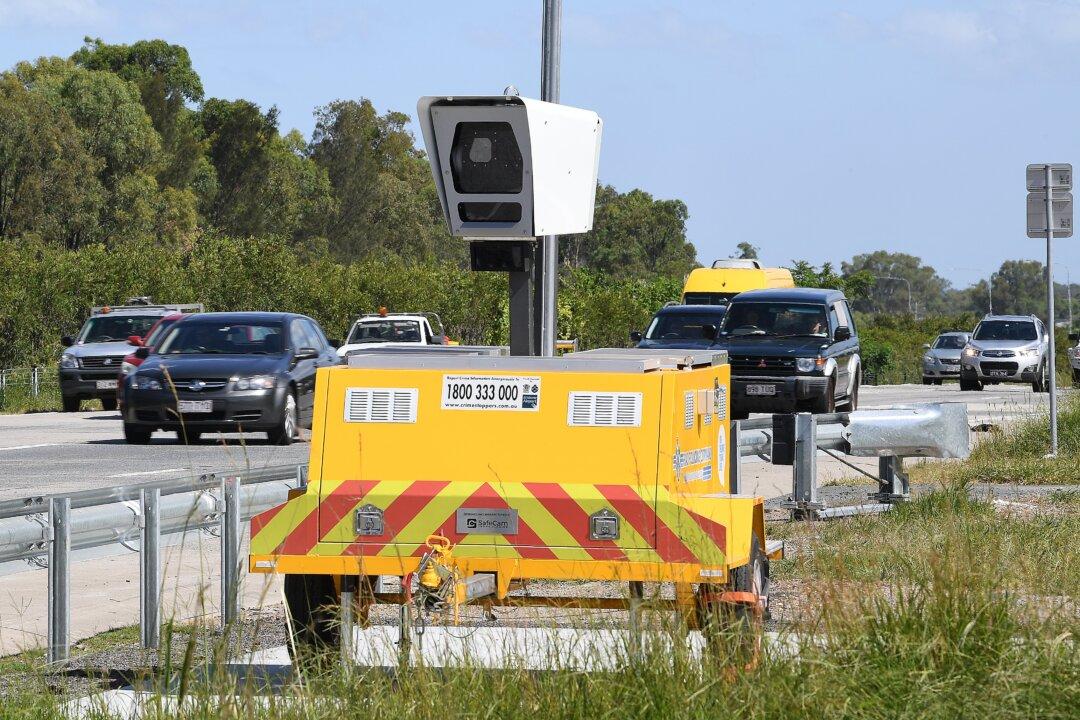One-third of Australian drivers admit to speeding in school zones, citing reasons such as the absence of visible children, prompting calls for drivers to exercise caution and reduce speed.
According to research by national insurer AAMI, Aussie drivers acknowledge exceeding speed limits in school zones due to confusion about speed limits, times, and signage. Approximately one in ten confessed to speeding through a school zone when “no children were in sight.”





